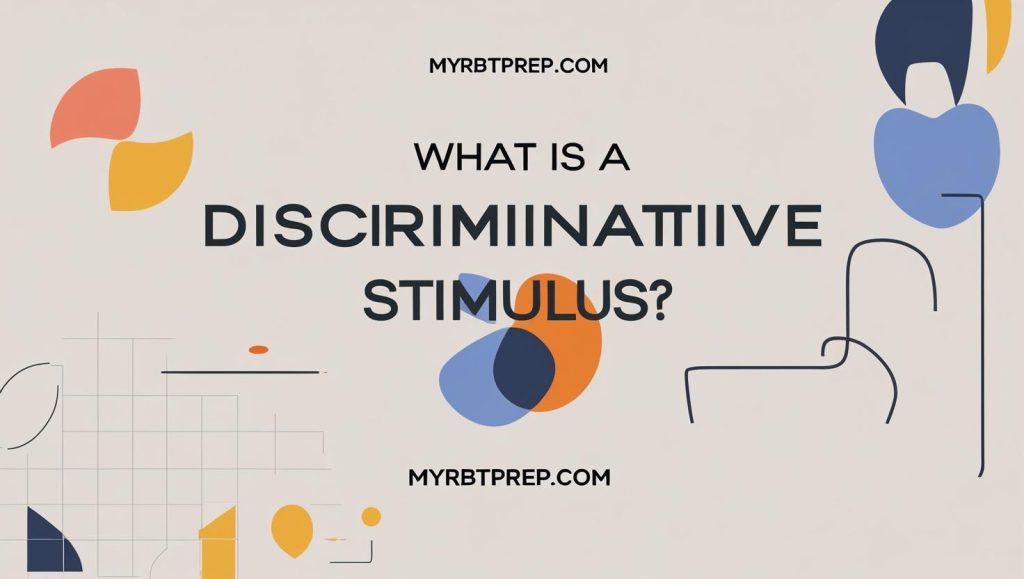Autism, also known as autism spectrum disorder (ASD), is a multifaceted neurobehavioral disorder that influences perceiving, interacting with others, communication as well as behaviour in individuals. The word spectrum is indicative of the broad diversity of challenges and strengths that patients with autism might acquire. Some of them might be rather impaired and need constant help, whereas others can live normal lives and demonstrate high achievements in different aspects.
This is a detailed article, and throughout, we shall learn what autism is, its symptoms, causes, how to diagnose, the treatment methods and how families and communities can help people with ASD.
What Is Autism Spectrum Disorder (ASD)?
It is a lifelong disorder, which starts in early childhood and is based on social communication and behaviour, called autism spectrum disorder. The Centres for Disease Control and Prevention (CDC) estimated that ASD is about 1 in 36 children in the United States, although the condition occurs more so in boys, in comparison to girls.
Autism began to be recognized under such term in the first part of the 20th century, however, our awareness about the disorder has developed through time significantly. There is a wide belief now that autism is not a disorder but a collection of disorders with a continuum.
Signs and Symptoms of Autism
Symptoms of autism may differ a lot per individual. They normally show up at the age of two or three but they can be noticed earlier through keen observation. Major peculiarities of ASD can be divided into two groups:
- Social Communication and Interaction Problems
- Poor eye contact
- Interpretation difficulty of social cues or non verbal communication
- The absence of the interest in the peer relationships
- Language and speech delay
- Inability to carry out a conversational exchange
- Repetitions and Restricted Interests
- Hands-flapping or rocking Repetitive functions
- Being stuck on routines or being the same
- High level of interest in certain subjects
- Sensory sensitivities (e.g. light sensitivity, sound sensitivity, textures)
Additional Signs:
- Abnormal reactions to social or emotional stimulus
- Lack of motor coordination
- Hardly control emotions
Girls vs. Boys Autism:
In girls’ autism can be expressed not in the regular way. Girls tend to hide the symptoms, which results in underdiagnosis or misdiagnosis. They may show less repetitive behaviour and have limited social awareness yet internally they continue to suffer.
What Causes Autism?
There is no single cause of autism. Rather, it’s believed to be the result of a combination of genetic and environmental factors.
- Genetic Factors
Research indicates that autism has a strong genetic basis. Certain gene mutations or combinations may increase the likelihood of developing ASD. Siblings of autistic individuals are at higher risk.
- Environmental Factors
Prenatal exposure to certain environmental risks may contribute to the development of autism:
- Advanced parental age at conception
- Exposure to toxins or infections during pregnancy
- Complications during birth, such as oxygen deprivation
- Brain Development Differences
Brain imaging studies have shown structural and functional differences in the brains of people with autism, particularly in areas responsible for language and social behaviour.
Myths About Causes
Despite public speculation, vaccines do not cause autism. This myth originated from a discredited study and has been thoroughly debunked by scientific research.
How is Autism Diagnosed?
The diagnosing process of autism is an elaborate assessment conducted by medical practitioners who are mostly paediatricians, psychologists, and developmental experts.
- Early Screening
The American Academy of Paediatrics suggests screenings of all children to be done at the age of 18 months and 24 months. Weird behaviours are usually noted by the parents and caregivers first.
- Diagnostic Tools
- ADOS Autism Diagnostic Observation Schedule
- Autism Diagnostic Interview-Revised (ADI-R)
Audit checklists and behavioural observation of standards
- In adults’ diagnosis is made by walking and examining the patient.
The diagnosis of autism may be performed in adulthood, particularly of the individuals who have not been diagnosed during childhood. This frequently consists of psychological assessment and self reported history.
Types and Levels of Autism
Under the DSM-5 (Diagnostic and Statistical Manual of Mental Disorders, Fifth Edition), all autism-related conditions fall under one umbrella: autism spectrum disorder. However, ASD is categorized by levels of severity:
Level 1 – Requiring Support
Mild social and communication difficulties; may need minimal support.
Level 2 – Requiring Substantial Support
More pronounced challenges in social situations and repetitive behaviours.
Level 3 – Requiring Very Substantial Support
Significant impairments in communication and behaviour; may need intensive care.
Related Conditions:
- Asperger’s Syndrome (now considered part of the spectrum)
- Pervasive Developmental Disorder-Not Otherwise Specified (PDD-NOS)
- Childhood Disintegrative Disorder
Autism in Children
Children with autism may exhibit signs such as:
- Lack of smiling or social responsiveness by 6 months
- No babbling or gesturing by 12 months
- No single words by 16 months
- No two-word phrases by 24 months
Importance of Early Intervention:
Early diagnosis and therapy can significantly improve outcomes in communication, social skills, and cognitive development.
Autism in Adults
Autism in adults can be difficult to diagnose, especially in those who have developed coping strategies. Signs may include:
- Struggles in social situations
- Preference for routines
- Challenges with career or relationships
- Anxiety or depression
Adults with ASD often benefit from therapy, support groups, and workplace accommodations.
Treatment and Management of Autism
There is no “cure” for autism, but various treatments can help individuals develop skills and manage symptoms.
- Behavioural Therapy
- Applied Behaviour Analysis (ABA): Focuses on reinforcing positive behaviors and reducing negative ones.
- Cognitive Behavioural Therapy (CBT): Helps manage emotions and change unhelpful thought patterns.
- Speech and Language Therapy
Improves communication skills, both verbal and non-verbal.
- Occupational Therapy
Teaches daily living skills and improves sensory integration.
- Educational Interventions
Special education services and Individualized Education Programs (IEPs) support learning.
- Medication
While no medication treats autism itself, medications may help manage symptoms like anxiety, depression, hyperactivity, or seizures.
- Alternative Therapies
Some families explore dietary changes, supplements, or animal therapy. These should always be discussed with a healthcare provider.
Future of Autism Research
Ongoing research aims to:
- Identify early biomarkers for autism
- Understand genetic and environmental risk factors
- Improve intervention strategies
- Explore neurodiversity and strengths within the autistic community
Neurodiversity advocates emphasize that autism is not a “disorder to be fixed” but a different way of experiencing the world, deserving acceptance and support.
Frequently Asked Questions (FAQs)
Q1. Is autism a psychological disorder?
No, it is not a mental illness, but it is a neurodevelopmental disorder, namely autism. Nevertheless, autistic individuals can also get mental issues such as anxiety or depression.
Q2: Do autistic individuals could lead a self-sufficient process?
It is true, and several autism patients live autonomously or semi-autonomously, particularly when they are given proper support and accommodations.
Q3: Has autism become more frequent?
The increase diagnosis of autism could be attributed to increased awareness, wider diagnostic tools and better screening procedures as opposed to a rise in the prevalence.
Q4: Is it true that one outgrows autism?
Autism is a permanent ailment. But when treated early, most of them exhibit a huge growth of improvement in their functioning and skills.
Conclusion
Autism Spectrum Disorder is a complex phenomenon that affects the life of millions of people all over the globe. Learning what autism is, and what it is not, preconditions the creation of kinder, open societies. Although the obstacles are very much present, the strengths and potential of spectrum people are also very much apparent.
Through emphasized topics such as early diagnosis, individual assistance, and inclusion we can give the person with autism a chance to have a good and happy life and a chance to give back to the community.






